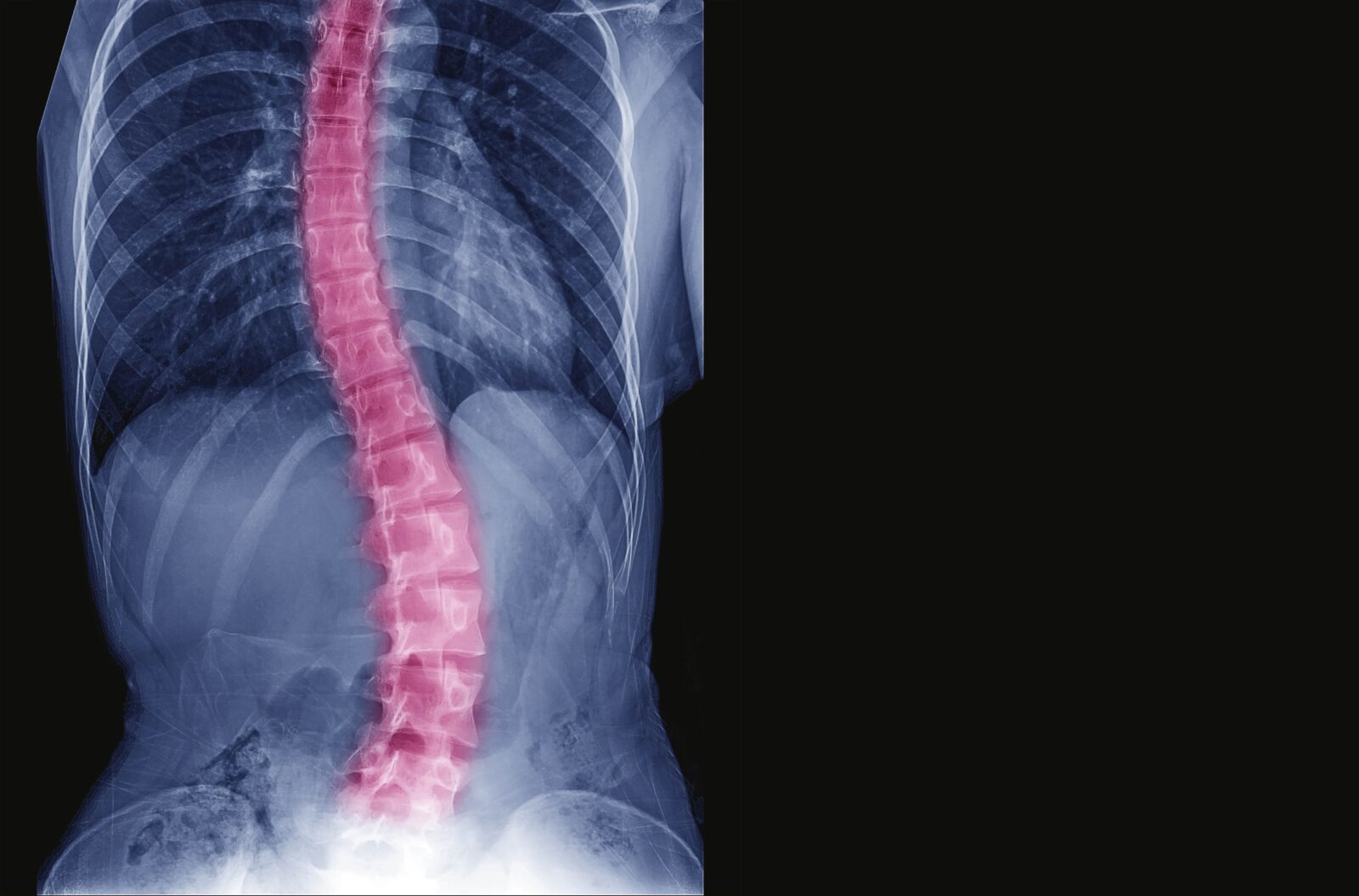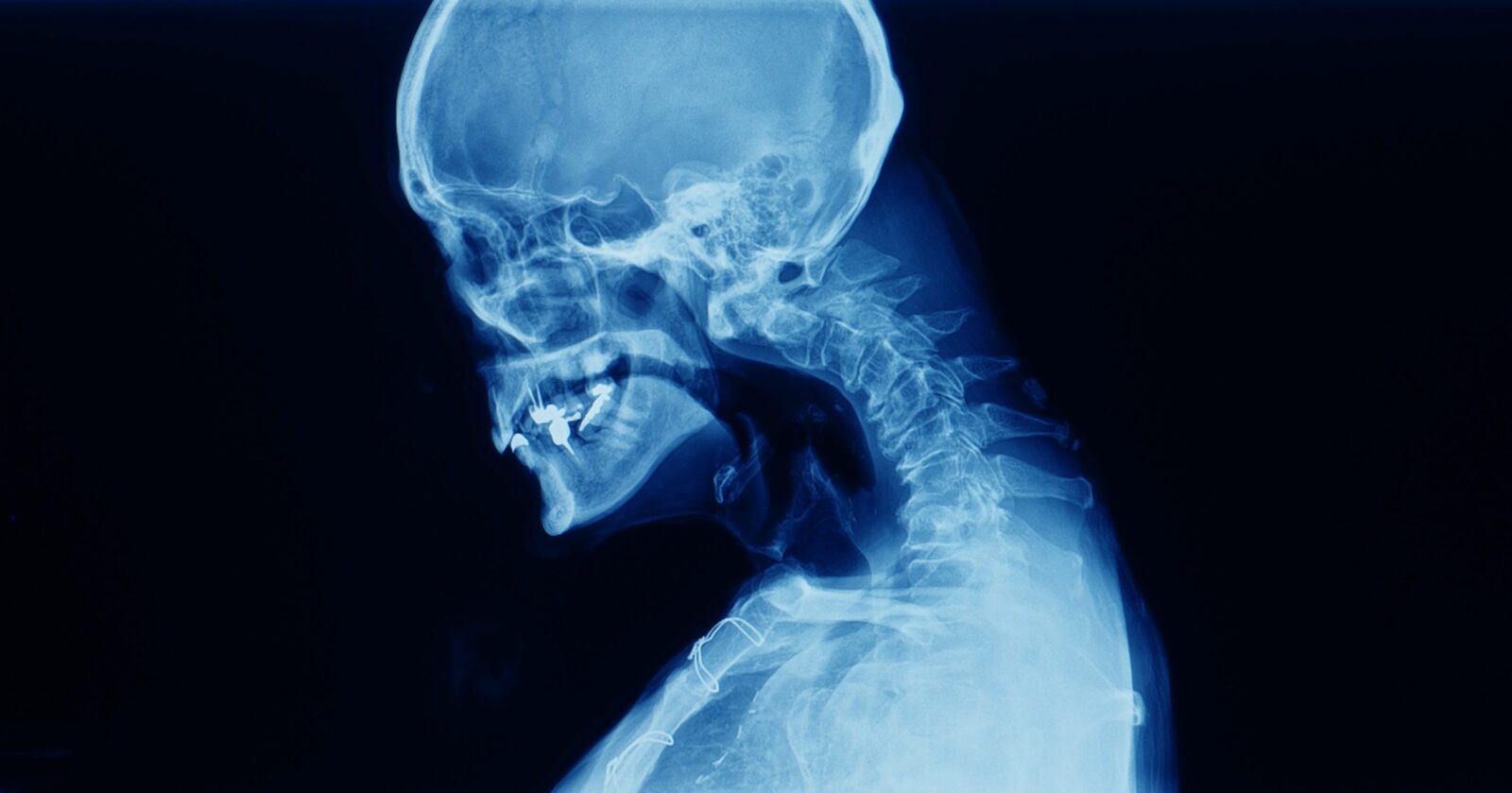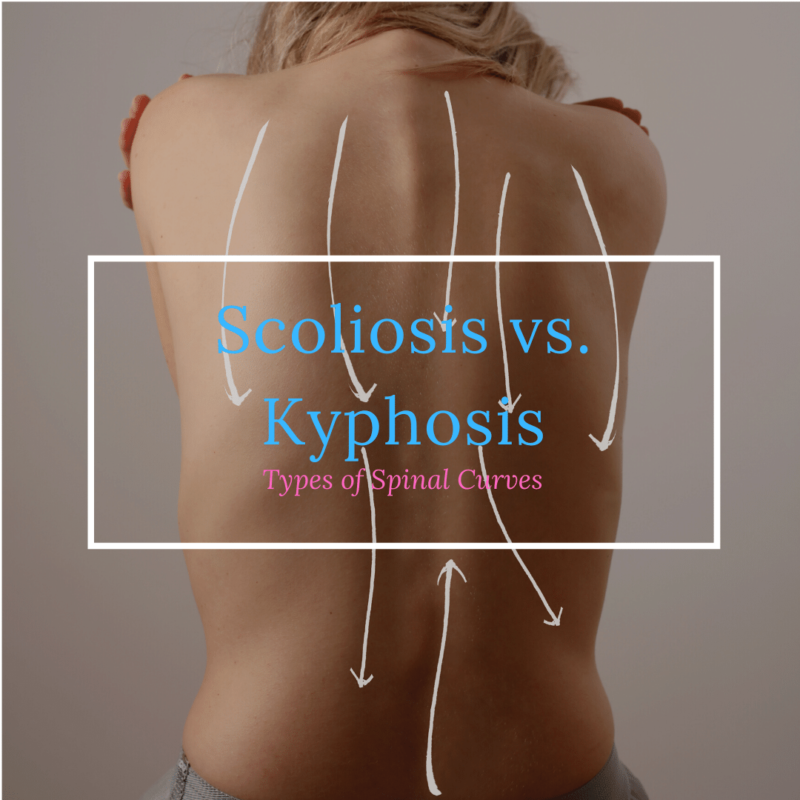The human spine runs from the base of the head all the way down to the tailbone between the buttocks. Structurally speaking, the bones that make up the spine make it possible for you to stand upright, move your arms and legs, bend forward, and twist your trunk. All of this is possible due to the way the spine is shaped. As you have probably noticed, your spine is not completely straight. This is because there are three natural curves in your spine that help provide balance so your spine can function properly.
These curves give your spine an “S” shape when viewed from the side. Your spine is divided into five regions known as cervical (neck), thoracic (mid and upper back), lumbar (lower back), the sacrum bone, and the coccyx (tailbone). The three natural spinal curves are located in the cervical, thoracic, and lumbar regions of the spine. Each of these curves is named for their direction. For example, the neck and lower back curves are known as “lordosis” meaning inward curve, while the thoracic curve is known as “kyphosis” meaning outward curve.
However, there are other types of curves that can occur that are not beneficial for proper spine function. In fact, these curves can impede proper spinal function and can cause pain, stiffness, numbness, cramping, and fatigue. The severity of these symptoms generally depends on age and the severity of the curve, ranging from barely noticeable to extremely debilitating. The two types of abnormal spinal curves are known as scoliosis and kyphosis. Although both conditions are characterized by abnormal curvature of the spine, there are a few key differences that set these two conditions apart.
Scoliosis

Unlike the natural curves of the spine that curve forward or backward, scoliosis is characterized by sideways curvature of the spine. This condition primarily affects adolescents who are still growing, especially girls. Depending on how severe the curvature, scoliosis can be immediately noticeable and it can even cause the shoulder blades and/or hips to be uneven. A mild curve is said to be about 20 degrees and can cause fatigue when sitting or standing for long periods of time. Moderate curves of 40-50 degrees can cause additional problems without treatment such as spinal instability, nerve damage, uneven limbs, sciatic, stiffness, anatomical problems, and problems sitting, standing, or walking. Moderate scoliosis curves can usually be treated with bracing or other non-surgical techniques. Severe scoliosis curves of over 40 degrees that are continuing to progress may require surgical intervention.
Kyphosis

Kyphosis is the forward rounding of the upper back. Although some degree of kyphosis is naturally present in the thoracic spine, exaggerated kyphosis can become problematic. Although this condition can occur at any age, it is primarily seen in older individuals, especially women. When it occurs in older women, kyphosis is believed to be caused by age-related spinal degeneration that causes the spinal bones to crack or compress, and the spinal ligaments to weaken. Kyphosis can also occur as a result of compression fractures, osteoarthritis, ankylosing spondylitis, muscular dystrophy, or spinal tumors. When it comes to kyphosis, 40-60 degrees is considered “normal”. Treatment is usually recommended when the curve exceeds 70 degrees and can include bracing and other non-surgical treatments, such as physical therapy. In cases where the curve is 75 degrees or above, spinal surgery may be recommended to maintain spinal stabilization.










